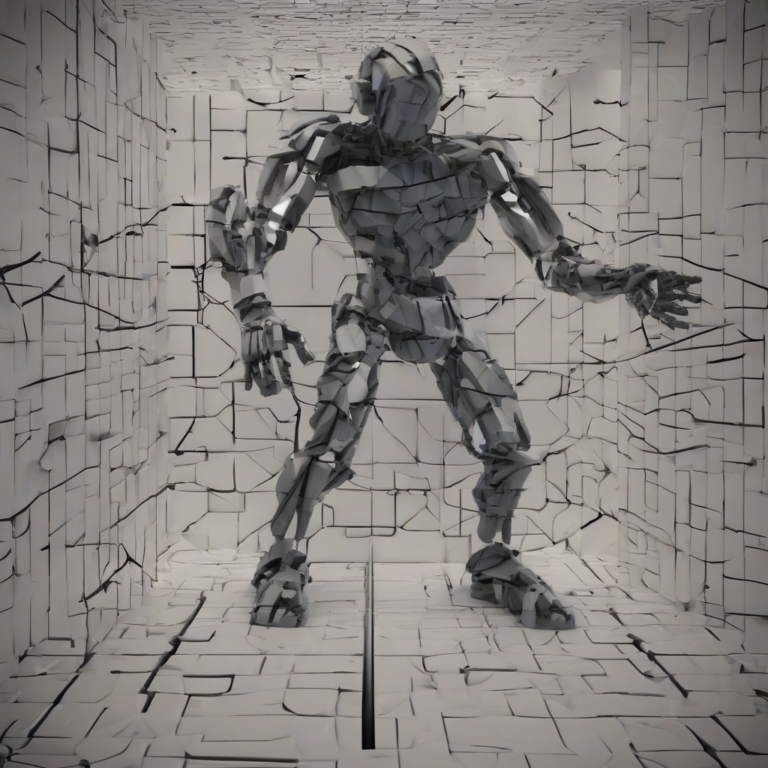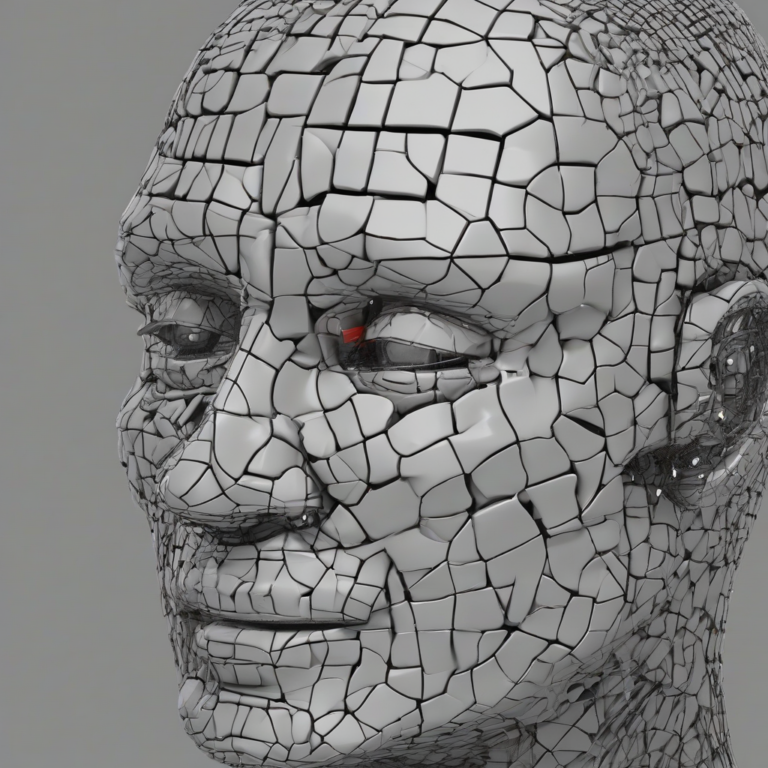Gas Fireplace Chimney Cleaning: A Comprehensive Guide to Safety and Maintenance
Gas Fireplace Chimney Cleaning: A Comprehensive Guide to Safety and Maintenance
The question of whether gas fireplace chimneys need cleaning often arises, leading to confusion and sometimes neglect. While gas fireplaces don’t produce the same amount of creosote as wood-burning fireplaces, they still require regular maintenance and inspection to ensure safe and efficient operation. This comprehensive guide will delve into the specifics, addressing the reasons why cleaning might be necessary, the frequency of cleaning, and the signs that indicate it’s time to call a professional.
Do Gas Fireplaces Produce Creosote?
Unlike wood-burning fireplaces that produce significant amounts of creosote – a highly flammable by-product of incomplete combustion – gas fireplaces produce far less. However, they aren’t entirely creosote-free. Minor amounts of creosote can still build up, especially if the fireplace isn’t properly vented or if there are issues with the gas supply or burner.
This minimal creosote buildup is usually composed of dust, lint, and other airborne particles that can accumulate within the chimney flue. While less hazardous than creosote from wood burning, this accumulation can still impede airflow, reduce efficiency, and potentially lead to safety hazards.
Reasons Why Gas Fireplace Chimney Cleaning Might Be Necessary
- Reduced Efficiency: Buildup of debris in the chimney can restrict airflow, forcing the gas fireplace to work harder to achieve the desired heat output. This reduces efficiency, leading to higher energy bills and decreased performance.
- Carbon Monoxide Risk: Although less common than with wood-burning fireplaces, improper venting or blocked chimneys can lead to a dangerous buildup of carbon monoxide. Even a small amount of blockage can hinder the exhaust system, allowing carbon monoxide to back up into the living space.
- Fire Hazard: While the risk is lower than with wood-burning fireplaces, flammable materials accumulating in the chimney can still pose a fire risk, especially if combined with other factors like faulty wiring or leaks in the gas line.
- Pest Infestation: Chimneys can become havens for birds, rodents, and insects. Their nests and droppings can clog the flue, hindering airflow and potentially causing structural damage.
- Corrosion: While gas fireplaces produce less corrosive byproducts than wood-burning fireplaces, the flue can still corrode over time due to moisture and condensation. Regular inspection helps identify and address corrosion early.
- Water Damage: Leaks in the chimney or poor flashing can lead to water damage within the chimney and surrounding structures. This damage can be exacerbated by the accumulation of debris and worsen over time.
How Often Should You Clean a Gas Fireplace Chimney?
There’s no universally applicable answer to how often a gas fireplace chimney should be cleaned. The frequency depends on several factors including:
- Usage: The more frequently you use the gas fireplace, the more likely it is that debris will accumulate in the chimney.
- Environmental Factors: Living in a dusty or windy area will increase the likelihood of debris accumulating in the chimney.
- Chimney Condition: The condition of the chimney itself, including its materials and age, can influence the rate of debris accumulation and potential for issues.
- Previous Inspections: Regular inspections by a qualified professional can help determine the cleaning frequency based on the condition of the chimney and the amount of debris accumulation.
As a general guideline, many professionals recommend a visual inspection at least once a year. A thorough cleaning may be necessary every 2-3 years, or even more frequently depending on the factors mentioned above. If you notice any signs of problems (discussed below), you should contact a professional for immediate inspection.
Signs That Indicate Your Gas Fireplace Chimney Needs Cleaning
- Sooting or Black Marks: Noticeable sooting or black marks around the fireplace opening or on the chimney exterior could indicate a buildup of creosote or other debris within the chimney.
- Weak or Poor Heat Output: A significant reduction in the fireplace’s heat output could indicate that airflow is restricted due to debris buildup.
- Strange Smells: Unusual smells, like a burning odor or a musty smell, might indicate a buildup of debris or a potential problem with the ventilation system.
- Backdrafting: If smoke or gas is being pushed back into the room, it’s a clear sign of a blocked or improperly functioning chimney.
- Visible Debris in the Chimney: If you can see debris accumulating at the top of the chimney, it’s certainly time for a cleaning.
- Animal Nests: Signs of animal nests or activity in or around the chimney are a clear indication that the chimney needs to be inspected and cleaned.
- Water Damage: If you observe any signs of water damage around the fireplace or chimney, it could be due to leaks which can be worsened by debris blockage.
The Cleaning Process
Cleaning a gas fireplace chimney is best left to qualified professionals. Attempting to clean it yourself can be dangerous and may damage the chimney or even lead to accidents. A professional chimney sweep has the specialized tools, knowledge, and safety equipment needed for the job. The process usually involves:
- Inspection: A thorough visual inspection of the entire chimney system to identify any potential problems.
- Debris Removal: Removing accumulated debris using appropriate tools and techniques, ensuring the safe removal of potentially hazardous materials.
- Cleaning Tools: Professional sweeps typically utilize brushes, rods, and vacuums designed specifically for chimney cleaning.
- Safety Precautions: They use safety gear including harnesses and protective clothing to ensure a safe cleaning process.
- Post-Cleaning Inspection: A final inspection to confirm that the chimney is clean and free from obstructions.
Choosing a Qualified Chimney Sweep
When selecting a chimney sweep, it’s essential to choose a qualified and reputable professional. Look for:
- Certification: Check if they hold relevant certifications or licenses from reputable organizations.
- Insurance: Ensure they have appropriate liability insurance to cover any potential damages or injuries.
- Experience: Look for professionals with years of experience in chimney sweeping and gas fireplace maintenance.
- References: Ask for references or reviews from past clients.
- Proper Equipment: They should possess the necessary tools and equipment for a thorough and safe cleaning.
Prevention and Maintenance
Regular maintenance can significantly reduce the need for frequent cleaning. This includes:
- Annual Inspection: Schedule an annual inspection by a professional to assess the condition of the chimney and identify any potential issues early on.
- Regular Cleaning of the Fireplace Area: Keep the fireplace area clean from dust, debris and ashes, preventing material accumulation near the flue.
- Proper Ventilation: Ensure that the fireplace and surrounding area have adequate ventilation to prevent moisture buildup.
- Gas Line Inspection: Regularly check for any gas leaks or damage to the gas line.
- Burner Maintenance: If possible, ensure the burner of your fireplace is cleaned and serviced regularly to avoid excessive soot.
Conclusion (Omitted as per instructions)






